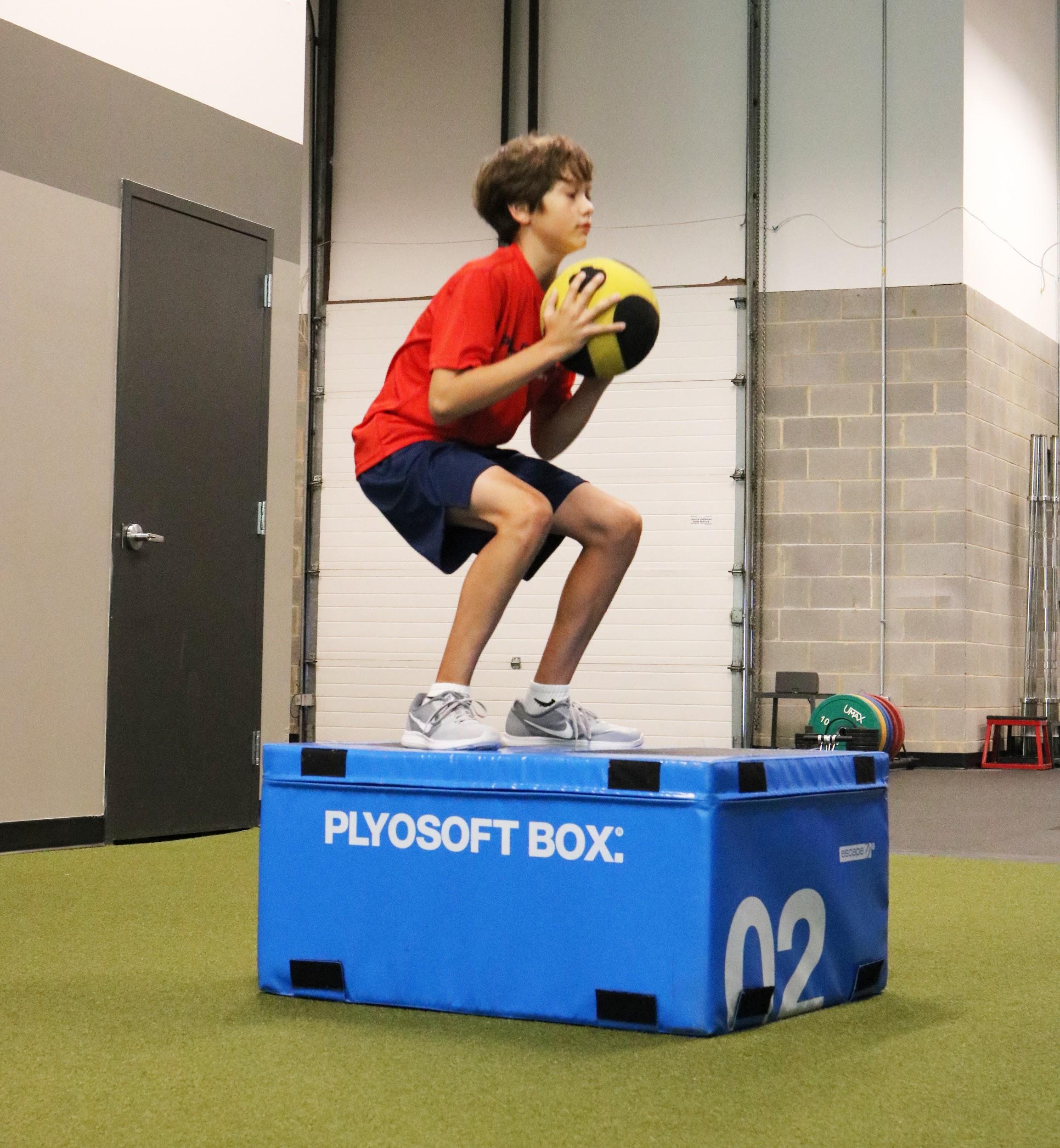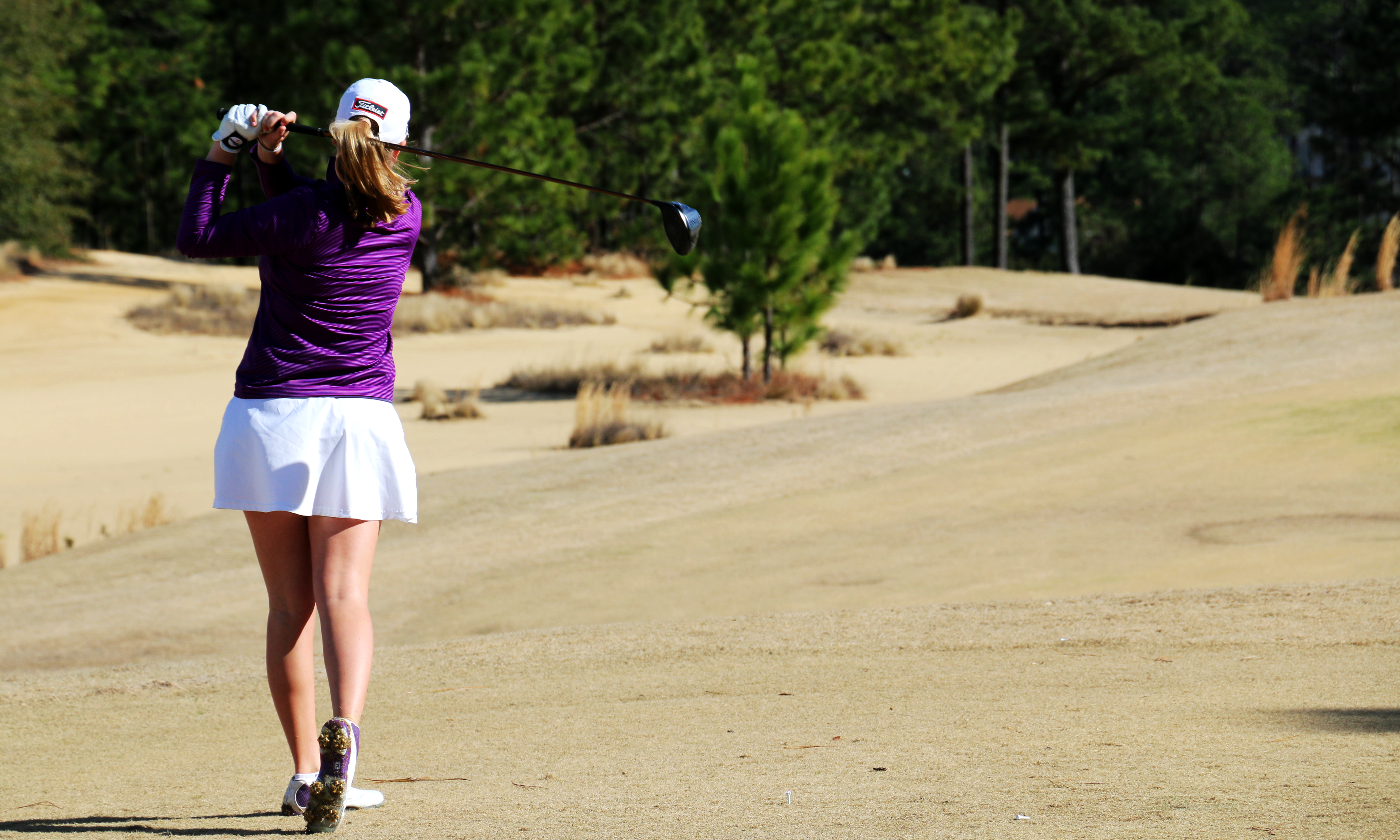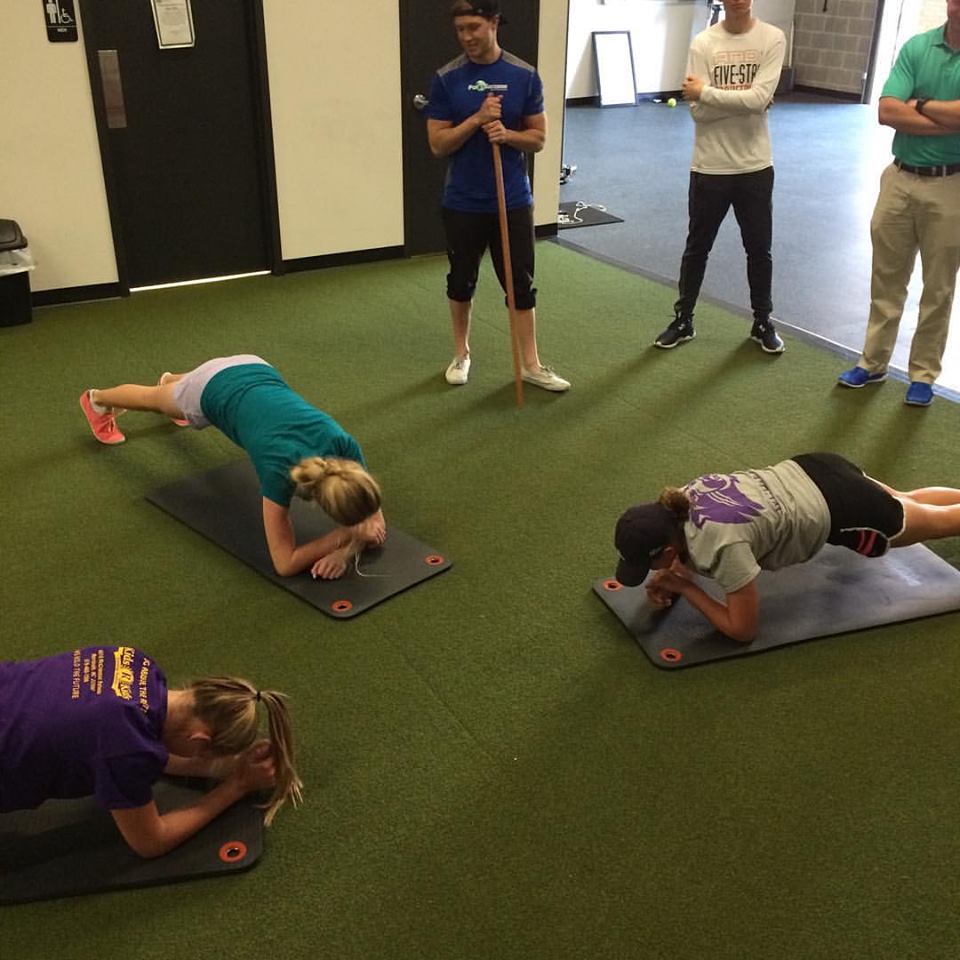Individuals can experience failed attempts to participate in organized sports when too much emphasis is placed on competition and not enough attention on developing proper athleticism (appropriate movement skills). If you have limited movement skills, you stop participating. This leads to decreased interest in physical activity and a failure to develop physical literacy (proper training to improve athleticism) in a sequential and progressive manner. Because of this, it is important that your first experience in physical activity be a positive one.
The Long-Term Athlete Development (LTAD) model describes what children, youth, and adults need to be doing at the right time to develop in sport or activity. Both kids and adults will get active, stay active, and reach the greatest peaks of sport performance when following this model. Long term commitment to physical literacy and sport skill development is vital to optimize athletic potential. This commitment requires time. There are no shortcuts to success.
One key concept in the LTAD model is “windows of opportunity”. There is a window of opportunity that exists in which individuals should train certain skills to maximize their potential enhancement. When that point in time passes, your ability to reach full potential decreases. For example, before puberty, we have what’s called a speed training window (quickness, agility, change of direction) where athletes should train for speed. After puberty, we have a strength training window.
The 7 stages of the LTAD model are outlined below:
Stage 1: Active Start (0-6 years old)
- Children at this age need to develop the ABCs of movement – Agility, Balance, Coordination, and Speed. These are essential in developing fundamental movement skills because they later provide the foundation for fundamental sport skills. Physical activity should be seen as fun and part of the child’s everyday life because active play builds important connections between the brain and muscles.
Stage 2: FUNdamenatal (girls 6-8, boys 6-9)
- Children in the FUNdamental stage are motivated by their desire to have FUN and improve their fundamental movement skills. It is especially important to avoid burnout through premature sport specialization. Premature specialization promotes one-sided development which increases the likelihood of injury or burnout. Encourage your child to participate in multiple team sports or activities.
Stage 3: Learn to Train (girls 8-11, boys 9-12)
- During this stage, children have the best opportunity to convert fundamental movement skills into fundamental sport skills. Children here are ready to begin training according to more formalized methods while still encouraged to play at least 2-3 sports in different seasons. Learn to Train ends when growth spurts begin because this disrupts coordination and motor control, thus making it more difficult to pick up/develop sport skills.
Stage 4: Train to Train (girls 11-15, boys 12-16)
- The ages that define Train to Train stage are based on the onset and end of the adolescent growth spurt. During middle school years, it is important to develop good physical habits to promote health and fitness.
Stage 5: Train to Compete (girls 15-21, boys 16-23)
- High schoolers have a chance to pursue excellence in sport achievement. Athletes will usually choose one sport in which they will train to excel, solidifying sport-specific and position-specific skills. You enter this stage if you’re choosing to compete at the highest level of competition to maximize physical, mental, cognitive, and emotional capacities. This stage also teaches athletes how to handle distractions of the sport such as changes in weather and different competition venues.
Stage 6: Train to Win (girls 18+, boys 19+)
- Train to Win is the final stage of the LTAD high-performance stream. You may now consider yourself a “full time athlete” and have a Performance Enhancement Team such as a physical therapist, trainer, and physician.
Stage 7: Active for Life (any age)
- Active for Life is both a stage and outcome of the LTAD model. The overall goal is that in the long term, all athletes and individuals enjoy participating in a variety of competitive and recreational opportunities both in sport and physical activity.
We’ve gone through all these stages, but what does all this mean for structuring an ideal Golf Fitness Program? At Par4Success, we structure our fitness programs around the LTAD model to maximize our athlete’s potential throughout the lifespan. For the youth classes, we focus on controlling mobility through speed and strength training while with the adult classes, more emphasis is placed on maintaining or gaining mobility. Below is a general outline of our junior golf fitness classes:
The first 15 or so minutes is a warm up. A proper warm up includes foam rolling, activation for whatever strength move the day will focus on, fundamental athletic skills such as crawling, hopping, skipping etc and core work. In our more advanced athletes, if they are doing heavier lifts, we will often leave core until afterwards so as to not fatigue their spinal stabilizers before the strength lifts.
The next 15 minutes focuses on power, speed, and agility using medicine balls, hurdles, dumbbells, jumps, and Olympic lifts to work on harnessing energy from the ground up.
Next, we move into strength. The 4 main movements we incorporate are push (bench press), pull (row), squat, and hinge (deadlift). The exercises in parenthesis are just one example of many exercises that can be used to practice these movements. One main movement is focused on per day. We also incorporate unilateral and bilateral exercises, so athletes do not develop side to side strength deficits, and work on the other movements as auxiliary.
For our youth fitness programs, we always incorporate a game which is related to the program goal of the day. This is because the more fun they have here, the increased likelihood they will come back and continue improving.
Throughout the whole hour, we are always educating our athletes as to why we are doing every exercise and how it relates to improving their golf game.
Hopefully this gives you an idea of how and why we structure our programs the way we do. As you can see, it is important to get an active start for a healthy lifestyle, so you stay mobile and fit throughout your whole life no matter what sport or activity you enjoy.
To learn more, visit www.par4success.com








Leave A Comment